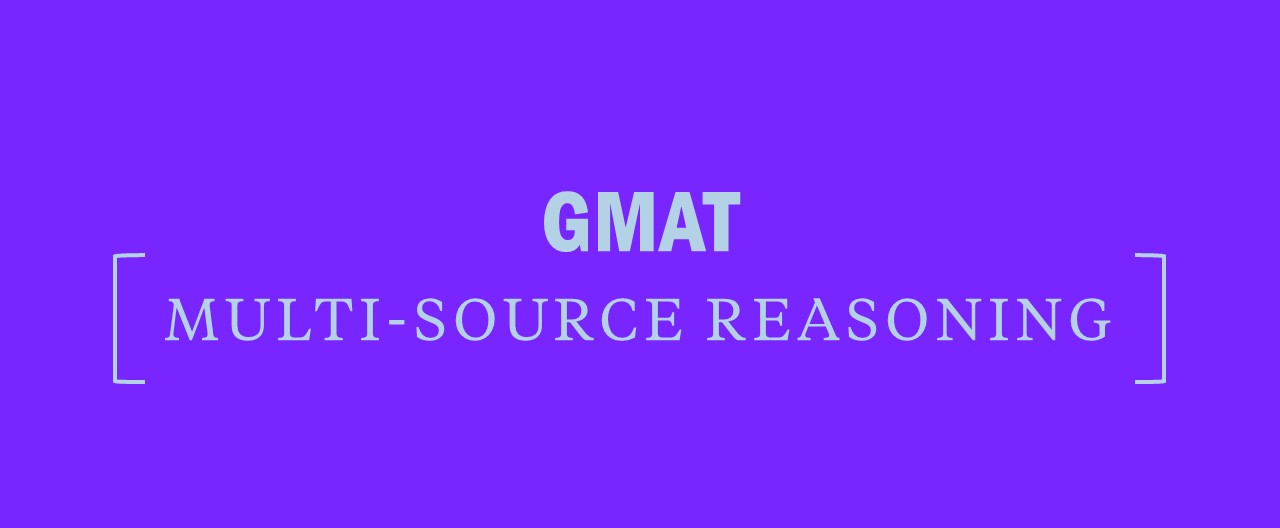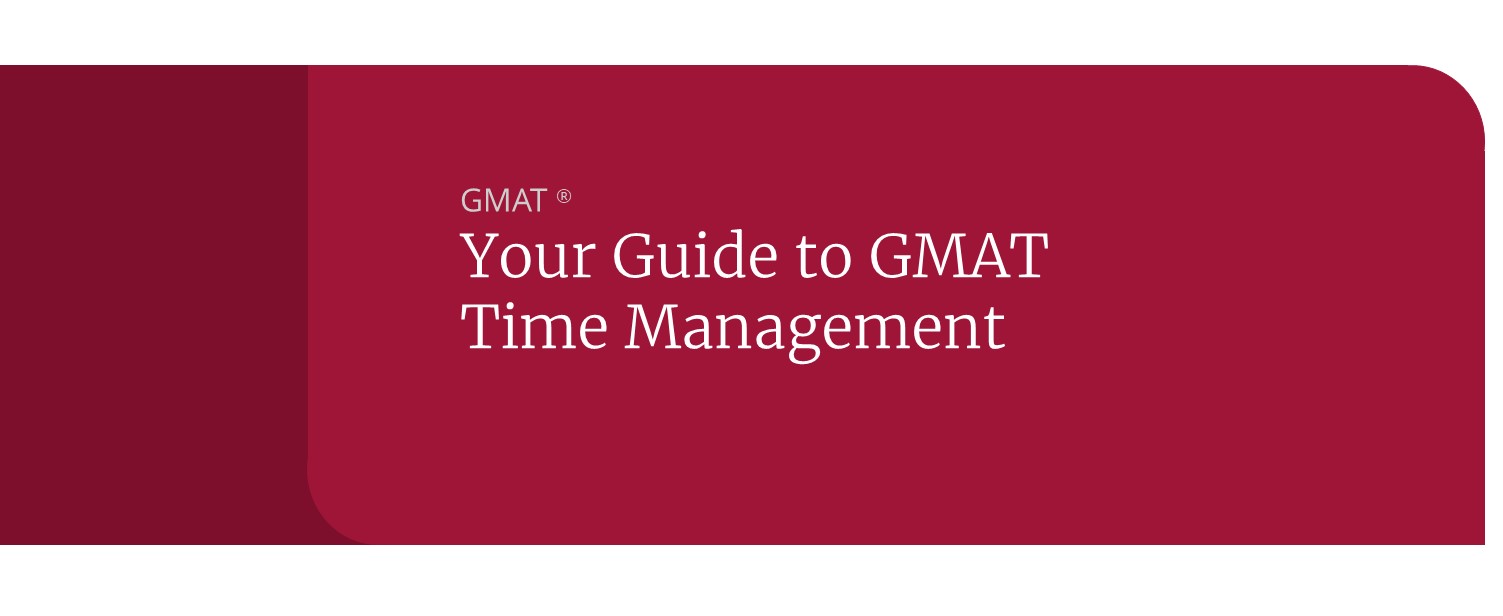GMAT Quantitative: Symbolism
For the most part, GMAT math is high school math. This is a helpful mantra for many math-phobic test takers, who remind themselves (correctly!) that if they could do the math back when they were sixteen, they can do it today, too. But occasionally, the GMAT will throw something at you that you’ve never seen before, a weird symbol or other doohickey that looks like it came from outer space. Here is an example:
If x☼y = 4xy – x/y, for all x and for all y≠0, then….
Okay, what’s ☼? Certainly nothing you learned in school. But fortunately:
You aren’t expected to know ☼ at a glance. It’s defined for you. That first part of the sentence, the equation for x☼y, is that definition. This is tricky, because the equals sign in the definition is the same symbol in every algebraic equation. But in reality, the = in this problem doesn’t mean “equals.”
In other words, in ‘real’ math, ☼ is meaningless. So the GMAT testmaker has to give that symbol a definition. Paraphrasing the question above into English, we get the following: “When two numbers are connected by the ☼ sign, that operation is defined as four times the product of those two numbers, minus the first over the second.” Or perhaps more simply: “When two numbers are on either side of the ☼, we plug the first number into every x in the definition in the question stem and we plug the second number into every y in that definition.”
So if we see them complete version of the problem:
If x☼y = 4xy – x/y, for all x and for all y≠0, then 6☼3 equals
Then the problem, despite looking intimidating at first, turns out to be quite simple.
We follow the instructions in the question stem, as we paraphrased them. If it’s easier for you to think of the ☼ as a process, than follow the rules for the process as you paraphrased them. If it’s easier to wrap your head around substitution, then substitute for x and y. The final math is the same either way:
6☼3 = 4*6*3 – 6/3 = 72 – 2 = 70
And on test-day, we get the points for a correct answer just like that.
Don’t let yourself get intimidated by strange symbols. These problems are testing your flexibility—your ability to understand new definitions and apply them. And as long as you remember the three rules of symbolism in this article, you’ll be able to answer any weird signs or operations that the GMAT throws at you.
Here is one more chance to try the same skills on a slightly tougher problem. Good luck!
Analyze: What do the answer choices represent? The value of x when it is part of the operation described in the stem.
Outline the information in the stem. The operation shows what we do with two numbers, a and b.
The stem tells us that when we substitute 3 for a and x for b, the operation will equal –45.
Task: How do we use the operation in the stem to get a value for x? Just do the substitution and simplify, isolating x.
Approach Strategically:
Replace a with 3 and b with x, and then solve for x.
(3 + 2)(x – 3) = –45
5(x – 3) = –45
x – 3 = –9
x = –6
That gives us (B) as the correct answer.
Confirm: Plug 3 in for a and –6 in for b in the operation and FOIL: (3 + 2)(–6 – 3) = (–18) – 9 – 12 – 6 = –45.
If x☼y = 4xy – x/y, for all x and for all y≠0, then….
Okay, what’s ☼? Certainly nothing you learned in school. But fortunately:
Rule 1: The problem will always tell you what the symbols mean.
You aren’t expected to know ☼ at a glance. It’s defined for you. That first part of the sentence, the equation for x☼y, is that definition. This is tricky, because the equals sign in the definition is the same symbol in every algebraic equation. But in reality, the = in this problem doesn’t mean “equals.”
Rule 2: An = in the definition of a symbol should be read as “is defined as.”
In other words, in ‘real’ math, ☼ is meaningless. So the GMAT testmaker has to give that symbol a definition. Paraphrasing the question above into English, we get the following: “When two numbers are connected by the ☼ sign, that operation is defined as four times the product of those two numbers, minus the first over the second.” Or perhaps more simply: “When two numbers are on either side of the ☼, we plug the first number into every x in the definition in the question stem and we plug the second number into every y in that definition.”
So if we see them complete version of the problem:
If x☼y = 4xy – x/y, for all x and for all y≠0, then 6☼3 equals
Then the problem, despite looking intimidating at first, turns out to be quite simple.
Rule 3: The vast majority of symbolism problems test no math more complex than simple substitution.
We follow the instructions in the question stem, as we paraphrased them. If it’s easier for you to think of the ☼ as a process, than follow the rules for the process as you paraphrased them. If it’s easier to wrap your head around substitution, then substitute for x and y. The final math is the same either way:
6☼3 = 4*6*3 – 6/3 = 72 – 2 = 70
And on test-day, we get the points for a correct answer just like that.
Don’t let yourself get intimidated by strange symbols. These problems are testing your flexibility—your ability to understand new definitions and apply them. And as long as you remember the three rules of symbolism in this article, you’ll be able to answer any weird signs or operations that the GMAT throws at you.
Practice Question
Here is one more chance to try the same skills on a slightly tougher problem. Good luck!
Analyze: What do the answer choices represent? The value of x when it is part of the operation described in the stem.
Outline the information in the stem. The operation shows what we do with two numbers, a and b.
The stem tells us that when we substitute 3 for a and x for b, the operation will equal –45.
Task: How do we use the operation in the stem to get a value for x? Just do the substitution and simplify, isolating x.
Approach Strategically:
Replace a with 3 and b with x, and then solve for x.
(3 + 2)(x – 3) = –45
5(x – 3) = –45
x – 3 = –9
x = –6
That gives us (B) as the correct answer.
Confirm: Plug 3 in for a and –6 in for b in the operation and FOIL: (3 + 2)(–6 – 3) = (–18) – 9 – 12 – 6 = –45.




